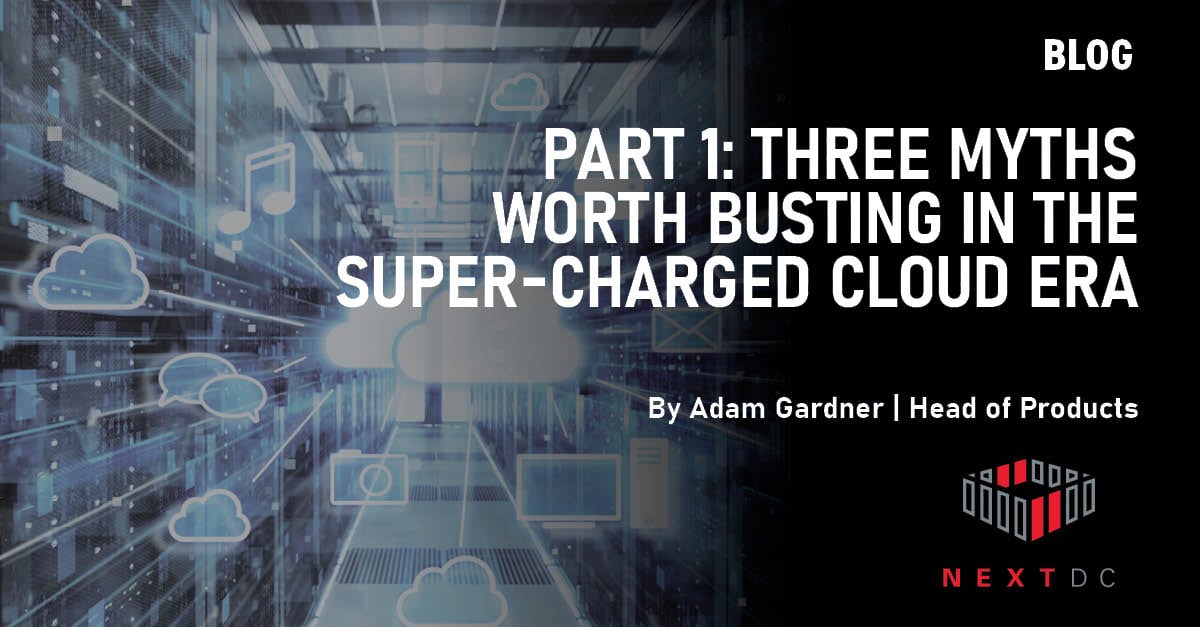By Adam Gardner, Head of Products
Optimising Digital Transformation with Multi Cloud Connectivity
Everyone likes options. Options provide choice, and as such, flexibility. When it comes to digital transformation, scalability and flexibility are critical. Every organisation is working through their own unique challenges and transformation priorities, so it’s unrealistic to suggest that their distinctive square peg will fit into a generic round hole. IT Leaders want, and need, high performance IT. They also want the opportunity to assess the different options and select a service that suits their specific needs.
Today’s hyper-connected world has led to Hybrid Cloud becoming the de facto standard for enterprise IT architecture. It enables organisations to apply the best possible IT infrastructure solution to individual priorities and objectives. The ultimate benefit: accelerating the journey towards more flexible, agile and resilient infrastructure aligned with the broader business strategy.
But which of the many routes do you take to reach that end destination?
By design, Multi-Cloud deployments will deliver reduced complexity and improved performance; outcomes that are best achieved by locating core systems and applications as close to the clouds in use as possible.
As Multi-Cloud architectures become more complex and the volumes of data being shifted between the various critical components of hybridised IT become larger, invariably focus shifts to improving connectivity performance. Direct connectivity to the various public and private clouds in use helps to significantly reduce round trip times (RTT or latency) and network Jitter. Both are crucial performance metrics for real-time collaboration platforms such as Zoom, Skype or Teams, all of which rely on high volumes of voice and video data transmission.
Recent tests conducted by NEXTDC on our own Multi-Cloud architecture demonstrated that, on average, RTT decreased by as much as 66% when comparing direct connections to the public internet with Jitter reduced by as much as 95%.
Multi-Cloud is here to stay
According to Gartner, by 2021, over 75% of midsize and large organisations will have adopted a Multi-Cloud and/or hybrid IT strategy. Meanwhile, Forrester research showed that more than 70% of organisations in the Asia Pacific region are implementing, have implemented or are expanding their internal private cloud and public cloud deployments as their digital transformation advances.
Similarly, more than 60% of organisations in Asia Pacific classify their cloud deployments as a hybrid strategy. This Multi-Cloud approach to developing Hybrid environments ensures best-fit options are deployed to address dynamically changing requirements.
According to IDC, by 2022, 70% of enterprises will have integrated unified Hybrid/Multi-Cloud management technologies, tools, and processes across their public and private clouds, to help them streamline the management of the proliferation of platforms.
As the volume and variety of cloud use accelerates, organisations need to consider what will be the most cost efficient and secure method of orchestrating their physical and virtual digital infrastructure.
Business leaders continue to embed Multi-Cloud into strategic IT planning and look for the most efficient ways to maintain control, optimise performance, minimise costs and mitigate the risk of downtime.
Receiving necessary support from their technology partners, enabling informed decisions, backed by technical expertise that will help them navigate through the maze of possibilities is critical to simplify this process.
New availability zones, driving new performance objectives
NEXTDC’s mission is to enable our customers to build scalable, resilient, and successful transformation strategies by leveraging the hybrid solution fit for your unique situation.
Whether you’re looking for a public cloud, private cloud solution, colocation or hybrid approach, centralising access and ensuring you are within the closest possible proximity significantly improves your outcomes from a performance, cost and user experience perspective.
Australia’s cloud ecosystem recently expanded when Oracle launched a new availability zone in Melbourne as part of their edge strategy to bring infrastructure closer to customers.
Oracle’s Gen 2 Cloud is gaining popularity because it introduces enhanced opportunities for customers to migrate their legacy Oracle applications into a Multi-Cloud environment. Additionally, a number of the leading ISVs (Independent Software Vendors) are opting to use Oracle to run their big data analytics, governance, compliance and database management services that have been built as SaaS extensions.
In Australia, Sydney has traditionally been the hub for direct cloud access. However, as digital-first priorities gain momentum right across the economy, cloud services providers – and the critical infrastructure providers that house them, like NEXTDC – continue to mobilise rapidly to diversify strategic investments across all of Australia’s growth markets.
This ensures a more diverse, geographically redundant, and evenly distributed cloud capability for organisations to take full advantage of, irrespective of their location.
Previously, Victorian customers looking to access Oracle Cloud endured the extra network hop and traffic haul to Sydney, adding latency and jitter – both detrimental to service quality. Now, customers can connect directly to Oracle’s Gen 2 cloud along with many other major cloud availability zones.
Connecting directly to the ecosystem in the closest proximity to cloud and supplementary IT services is a critical success factor in optimising your hybrid strategy. It’s the secret sauce to reducing complexity and costs while optimising the performance of your virtual and physically connected infrastructure.
If optimising Multi-Cloud strategy is high on your digital-first agenda, connect with a NEXTDC specialist and ask how we can deliver better performance, cost benefits and reduce complexity.


